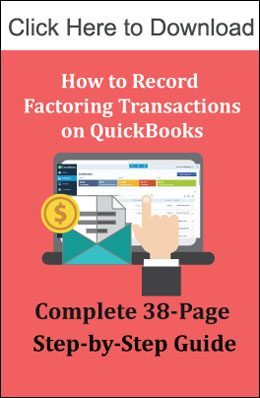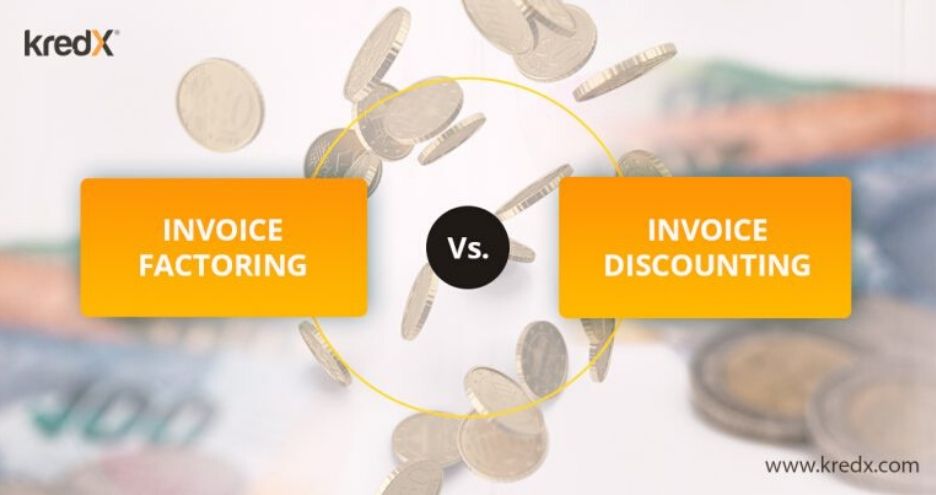

You may want to explore invoice factoring if your business is experiencing cash flow problems caused by seasonal peaks and troughs, high production costs, clients who are slow to pay, or a period of unexpected growth.įactoring is just one type of invoice finance. Invoice finance, including factoring, is designed for businesses that sell to other businesses (B2B) and have a turnover of more than £50,000 per year. Is invoice factoring right for your business? The factoring company will need to assess your customers’ creditworthiness. Your profit margin with be reduced (usually by between 1–2%) Your customers may prefer to deal directly with you Your customers will know that you are using the facility Some of the potential drawbacks of invoice factoring include: International - you may also be able to use factoring for overseas debt Time saving - the factoring company chases late payments for you Scalable - finance grows in line with your debtor book Quick working capital boost - funds are usually released within 24 hours Some of the main benefits of invoice factoring include:Įasy to apply - less paperwork than a traditional business loan What are the advantages and disadvantages of invoice factoring? It is similar to factoring, however there is one key difference: unlike invoice factoring, invoice discounting doesn’t include credit control services, so you’d have to chase payments yourself. Invoice discounting is another form of invoice finance. It can also enable your accounts team to focus on more value-added work. You could end up saving more than you pay in fees because you might not need to spend as much on credit control staff. Invoice factoring may in fact reduce your overheads. Generally, the longer the time your customers take to pay, the higher the charges.Īdditional fees you may have to pay could include: The higher the number and value of the invoices, the lower the discount rate is likely to be. While some factoring companies have a flat fee, the majority of factoring costs hinge on the discount/factor rate and the factoring period length.ĭiscount/factor rates are calculated as a percentage of the invoice value, and usually range between 1.5 to 5%. The size of your business, the industry in which you operate and your customers’ creditworthiness can have an impact on the terms a factoring company presents you with.


Invoice factoring costsĮach factoring company has its own system for working out costs. Of course, factoring includes credit control – so you’ll have experienced credit controllers working on your behalf to minimise this possibility – but it’s worth considering whether the risk of a recourse facility is worth the lower cost. As you might expect, this makes the factoring facility more expensive overall because the lender is accepting a higher level of risk.Ĭhoosing between recourse and non-recourse depends, to a large extent, on the relationships you have with customers and how likely you think a non-payment is. However, if opting for a non-recourse facility, the lender would absorb the cost, leaving your business cashflow unscathed.įor this reason, lenders often call non-recourse ‘bad debt protection’, because your business is protected from the issue of non-payment. With a recourse invoice factoring facility, you are responsible for absorbing the cost of any unpaid invoices. Invoice factoring is based on the money owed to your business – but what happens if a customer doesn’t pay?
Quick invoice factoring full#
Step 4: Once the factoring company has been paid in full it will pay you the remaining balance, minus a fee. The factoring company will chase any late invoice payments. Step 3: Your customers pay into a bank account that is controlled by the factoring company, so they will be aware that you are using factoring. Step 2: The invoice factoring company verifies the invoices and pays you the majority (up to 90%) of the value of the invoices immediately. Step 1: You issue an invoice to your customers and effectively “sell” these raised invoices to the invoice factoring company.

After you’ve provided your customers with products or services, the invoice factoring process usually involves the following steps: Invoice factoring is when you sell control of your accounts receivable either partially or in full. You could use the funding for a variety of business purposes, such as paying wages, buying materials, repaying business finance or meeting short-term expenses. Instead of waiting 30 days or more for payment, you can release the cash almost immediately to improve your cash flow position and stabilise your revenue. Invoice factoring (also known as accounts receivable factoring and debt factoring) is a type of invoice finance that lets you access the cash tied up in your unpaid invoices.


 0 kommentar(er)
0 kommentar(er)
